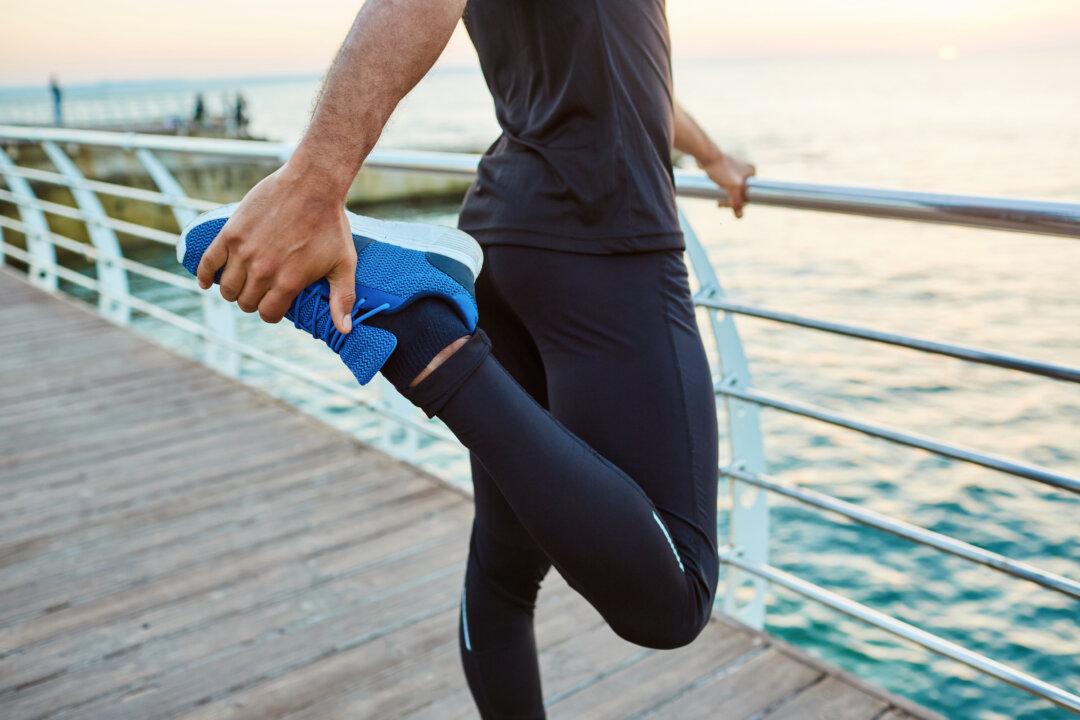Modern people’s sedentary lifestyle and poor posture, including leg crossing, can all cause pelvic distortion and misalignment. The pelvis is the foundation of the body’s balance, and once pelvic misalignment occurs, it not only leads to a bulging abdomen and large hips, but it also easily causes lumbar and back pain, hip and leg pain, and even knee pain.
How can we prevent pelvic misalignment, and if it takes place, how can we quickly correct it by ourselves? In this article, Dr. Gwo-Bin Wu, the director of Xinyitang Chinese Medicine Clinic, shares seven efficient self-adjustment methods to correct pelvic misalignment.





